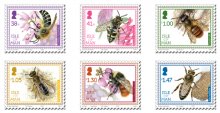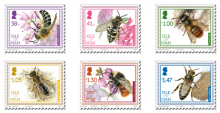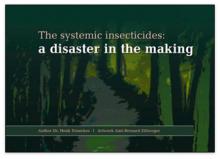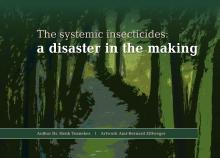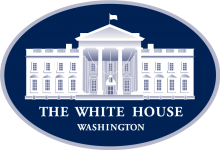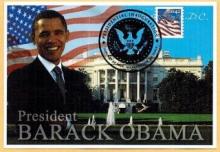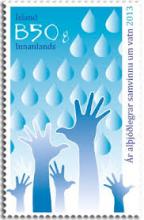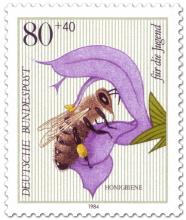
In recent years, populations of honey bees and other pollinators have been reported to be in decline worldwide. A number of stressors have been identified as potential contributing factors, including the extensive prophylactic use of neonicotinoid insecticides, which are highly toxic to bees, in agriculture. While multiple routes of exposure to these systemic insecticides have been documented for honey bees, contamination from puddle water has not been investigated. In this study, we used a multi-residue method based on LC-MS/MS to analyze samples of puddle water taken in the field during the planting of treated corn and one month later. If honey bees were to collect and drink water from these puddles, our results showed that they would be exposed to various agricultural pesticides. All water samples collected from corn fields were contaminated with at least one neonicotinoid compound, although most contained more than one systemic insecticide. Concentrations of neonicotinoids were higher in early spring, indicating that emission and drifting of contaminated dust during sowing raises contamination levels of puddles. Although the overall average acute risk of drinking water from puddles was relatively low, concentrations of neonicotinoids ranged from 0.01 to 63 µg/L and were sufficient to potentially elicit a wide array of sublethal effects in individuals and colony alike. Our results also suggest that risk assessment of honey bee water resources underestimates the foragers' exposure and consequently miscalculates the risk. In fact, our data shows that honey bees and native pollinators are facing unprecedented cumulative exposure to these insecticides from combined residues in pollen, nectar and water. These findings not only document the impact of this route of exposure for honey bees, they also have implications for the cultivation of a wide variety of crops for which the extensive use of neonicotinoids is currently promoted.

